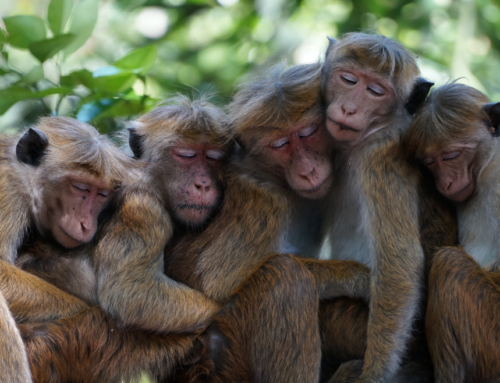Author: Abheeshta Rao
This is the first article from our four-part series titled, Landscape Connectivity.
The tiger is among the world’s most iconic animals and has been deeply embedded in our culture, legends, and myths since historic times. Being the largest among the big cats and five times the size of an average human, there is little surprise as to why people admire and fear this predator. Due to anthropogenic threats such as poaching and habitat encroachment, there has been a drastic decline in tigers’ populations in the last two centuries. Their range has also shrunk to less than 7% of their former vast domain which once stretched from Russia in the north to the islands of Java in the south.
Today, 70% of the world’s wild tigers live in India in fragmented pockets of forests surrounded by human-dominated landscapes. The future survival of wild tigers depends not only on increasing their population size, but also on ensuring that fragmented populations are genetically ‘connected’ with each other.
Scientists from the Centre for Wildlife Studies, National Centre for Biological Sciences, Foundation for Ecological Research, Advocacy & Learning, and Indian Institute of Forest Management used genetic data to examine the connectivity of tiger populations from six protected areas in Central India. By carrying out genetic analyses on tiger scats, the scientists could analyze dispersal events and effects of landscape elements on 55 individual tigers (30% of the population) from Melghat Tiger Reserve, Pench Tiger Reserve, Nagzira Wildlife Sanctuary, Tadoba-Andhari Tiger Reserve, Kanha Tiger Reserve and Nagarjunasagar-Srisailam Tiger Reserve.
The analysis reveals the presence of three different genetic clusters of tigers. The relatedness of these populations supports the prediction that the tigers have historically been migrating between protected areas to establish territories and this has increased their genetic diversity. The genetic analysis has found evidence of a tiger establishing its territory 690 kilometers away from the protected area it originated from, either in one or two generations.
While comparing the landscape features with tiger connectivity, tests have revealed that the presence of human settlements and roads have a negative impact on tiger connectivity. In fact, this is one of the first studies to show that increasing human population density could be detrimental to the genetic dispersal of tigers.
While comparing the habitat quality with tiger connectivity, the results of this study support the prediction that tiger populations with high densities will migrate between high quality habitats, and participate actively in maintaining connectivity. Likewise, tigers from lower population density habitats were found to disperse from their sites of origin suggesting that tigers may move to sites with high-quality habitats.
The authors conclude that increasing local tiger abundance, while important, is an inadequate conservation strategy if there is no connectivity between populations. They highlight the need to understand the connectivity between protected areas in order to maintain and increase the population size of tigers in India. Non-invasive genetic analyses methods, as explained in this research paper, work effectively in complementing camera trapping and radio-telemetry projects conducted to derive insights on tiger populations.
Research Article: Connectivity of Tiger (Panthera tigris) Populations in the Human-Influenced Forest Mosaic of Central India – Aditya Joshi, Srinivas Vaidyanathan, Samrat Mondol, Advait Edgaonkar, and Uma Ramakrishnan- PLOS One, 2013
Find the original research paper here.
Find the Kannada translation here.






